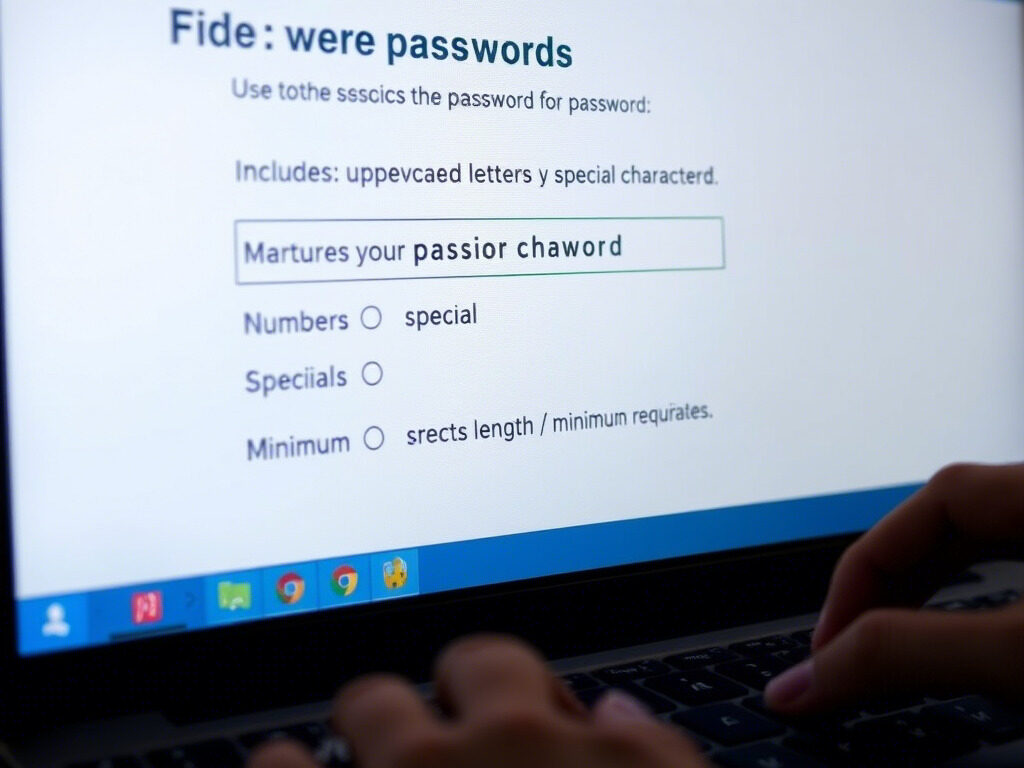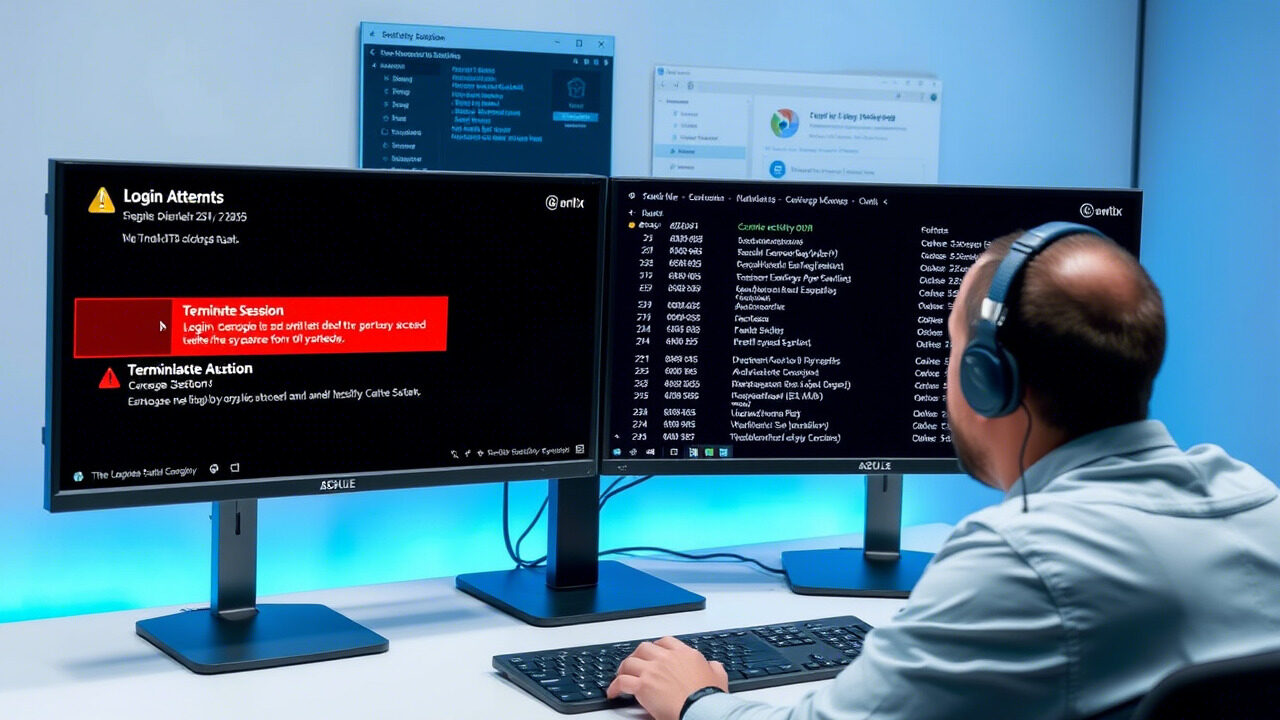Among the oldest yet most popular ways for hackers to access user accounts is a brute force assault. Often via password guessing, a system is inundated with several login attempts in this sort of assault until the right username and password combination is discovered.
By using account lockout policies, encouraging strong passwords, and more, this blog will help you to secure your system from brute force attacks by guiding you through useful actions.

 What is a Brute Force Attack?
What is a Brute Force Attack?
A brute force attack is when an attacker rapidly attempts numerous distinct combinations of usernames and passwords to access an account. Often, these attacks are automated using scripts or bots.
Even basic passwords might be broken fast if your system lacks safeguards.
 Step 1: Enforce Strong Password Requirements
Step 1: Enforce Strong Password Requirements
The first and most important step is making sure your users create strong passwords.
Tips:
- Minimum 12 characters
- Use a mix of uppercase, lowercase, numbers, and symbols
- Avoid common words, names, or dates
Example: MyS3cur3P@ssw0rd!
Encourage users to use password managers to store and generate secure passwords.
 Step 2: Set Up Account Lockout Policies
Step 2: Set Up Account Lockout Policies
To prevent automated password guessing, set rules that:
- Lock the account temporarily after 3–5 failed login attempts
- Require a cooldown period before retrying
- Notify the user of multiple failed login attempts
This instantly stops brute force bots and helps protect the user account.
 Step 3: Use CAPTCHA or Bot Detection Tools
Step 3: Use CAPTCHA or Bot Detection Tools
Add a CAPTCHA or invisible bot-detection mechanism to your login form. These tools prevent automated bots from attempting endless login combinations.
Options include:
- Google reCAPTCHA
- hCaptcha
- Honeypot fields (invisible to real users but trigger bots)
 Step 4: Implement Multi-Factor Authentication (MFA)
Step 4: Implement Multi-Factor Authentication (MFA)
Even if a hacker successfully guesses a password, MFA (like an OTP or authentication app) adds a second layer of security that blocks unauthorized access.
This is a powerful defense against brute force attacks and credential stuffing.
 Step 5: Monitor and Limit Login Requests
Step 5: Monitor and Limit Login Requests
Use rate limiting to:
- Block multiple login attempts from a single IP address in a short period
- Flag suspicious login patterns
- Set alerts for large volumes of failed logins
This proactive monitoring can detect and stop brute force attacks before they succeed.
 Step 6: Keep Software and Systems Updated
Step 6: Keep Software and Systems Updated
Outdated systems may have known vulnerabilities that attackers can exploit. Make sure your:
- CMS, plugins, and APIs are updated regularly
- Login endpoints are protected and not publicly exposed unless necessary
Patch any security loopholes that can be used to bypass login rules.
Final Thoughts

Brute force attacks are silent and fast—but entirely preventable. By encouraging strong passwords, setting up account lockout systems, and using bot protection and MFA, you can block these attacks before they compromise your user accounts.
 Need Help Securing Your Logins and User Data?
Need Help Securing Your Logins and User Data?
Let TechNow, the Best IT Support Agency in Germany, help you implement powerful login protections, bot defenses, and real-time monitoring for total account security.








